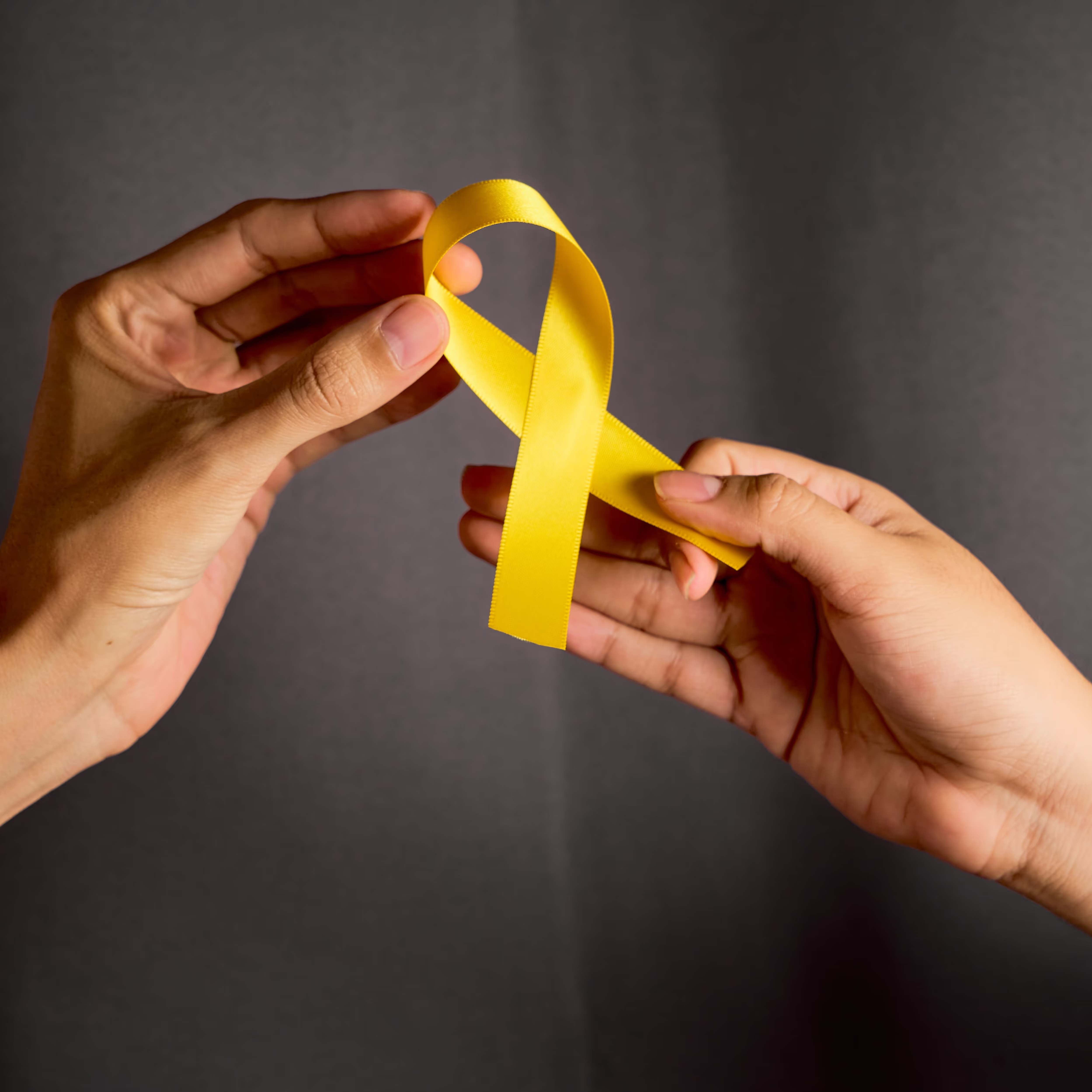When Survival Looks Like Giving Up: A Compassionate Reframe of Suicide
Reframing suicide through a trauma-informed lens: when the body's last act of "giving up" is actually an attempt to survive unbearable pain.

This post contains sensitive discussion about suicide. If you are in immediate distress or considering suicide, please reach out for help. You can contact the 988 Suicide & Crisis Lifeline (in the U.S.) anytime—24/7, free, and confidential.
When Survival Looks Like Giving Up
We often speak of suicide as “giving up.” But what if, instead, it’s the body’s last effort at survival?
We are spiritual beings having an earthly experience, and the created version within each of us knows—deeply—that life continues beyond this realm. Our bodies, however, are wired for the survival of this earthly form. They fight for oxygen, for safety, for homeostasis. When the nervous system reaches a point where the ongoing experience of life feels unbearable, the impulse toward death may not be a wish to end existence—it may be the body’s desperate attempt to end unbearable suffering.
The Body’s Last Act of Protection
From a polyvagal and neurobiological lens, suicide often reflects a nervous system collapse—a state of profound hypoarousal, where all systems shut down to protect against further pain. This isn’t a failure of will. It’s physiology doing what physiology does: trying to save us. The body is saying, “I can’t keep surviving this way.”
What the world calls “giving up” may, in truth, be the nervous system’s final act of mercy—an attempt to find peace, quiet, or release when no other path seems accessible. It is tragic not because the body is weak, but because the conditions of its suffering were more than one body could hold alone.
Seeing the Courage Within the Collapse
To reach the brink of death and still be yearning for relief is not cowardice—it is courage misnamed. The courage to feel deeply. The courage to face pain that has outlasted all available resources. The courage to do something when all else has failed.
When we can hold this reframing, compassion replaces judgment. It becomes less about blame, and more about grief—for the person whose nervous system fought as long and as hard as it could.
An Intention for a Different Kind of Holding
The intention of this reflection is not to make the act of suicide more acceptable or to suggest it is ever “the right choice.” Instead, it is an invitation into a different kind of holding—a reframing that helps us understand rather than condemn, that allows for tenderness rather than silence.
When we can see suicidal thoughts as the body’s desperate communication of pain, we create space for conversation instead of isolation. We invite those who are wrestling with these thoughts to share where they are and how they are struggling—hopefully with less shame and more safety.
Where Hope Begins Again
Hope does not live in denying the darkness. Hope lives in learning to hold it. To stay curious about the body’s signals of pain rather than silencing them. To recognize that suicidal ideation is not a moral flaw, but a physiological flare that says, “I need help. I can’t hold this alone.”
When the body says, “I can’t survive like this,” the invitation is not shame—it’s connection. It’s the gentle reach of another human nervous system saying, “You don’t have to hold this by yourself.”
Finding Safety and Support in the Therapy Room
Healing begins in relationship. At Kairos Counseling & Family Therapy, we believe that the first step toward healing suicidal ideation is not a strategy or a protocol -- it's safety. The kind of safety that comes from another regulated nervous system saying, "You are not too much, where you are is not too dark or too scary or too big for me to hold it with you, and you are not alone."
In the therapy room, we begin by creating a space where every part of your story, every part of your body, and every part of your self is welcome. From this place of relational holding, we use experiential and embodied modalities to help your nervous system rediscover safety, connection, and aliveness.
- Attachment-Centered Therapy invites a felt sense of safety and connection, allowing the body to experience being seen, soothed, and held without judgment.
- Polyvagal-Informed Therapy helps you understand your body’s protective states—fight, flight, freeze, or collapse—and gently guides your nervous system toward states of regulation and safety.
- EMDR (Eye Movement Desensitization and Reprocessing) supports the reprocessing of painful or traumatic experiences that may underlie hopelessness, restoring access to adaptive, life-affirming beliefs.
- ETT (Emotional Transformation Therapy) uses light, color, and eye movement to shift emotional states and access deeper emotional clarity and calm.
- Sandtray Therapy provides a nonverbal, creative space for the parts of self that cannot yet find words for their pain.
- IASIS Micro Current Neurofeedback (MCN) helps quiet the nervous system’s overactivation and reset neural pathways impacted by trauma and chronic stress.
- SSP (Safe and Sound Protocol) uses filtered music to gently support nervous system regulation, helping the body move from protection toward connection.
- Expressive Art Therapy allows the body’s wisdom to emerge through creative process—inviting healing that words alone cannot reach.
Each of these modalities supports the nervous system’s return to life—its natural movement back toward safety, connection, and vitality. Our work is to help the body remember: it can rest here, it can be held here, and it can live again.
Closing
If you or someone you love is in that space right now—please reach out.
You are not broken. You are a body that has done everything it knows to survive.
At Kairos Counseling & Family Therapy, we help clients honor the messages of their nervous systems and rediscover safety, connection, and the sacredness of being alive.
National Suicide & Crisis Lifeline: 988
Contact Kairos Counseling & Family Therapy:
📞 Call: 214-253-9207📧
Email: Neddy@KairosCFT.com




